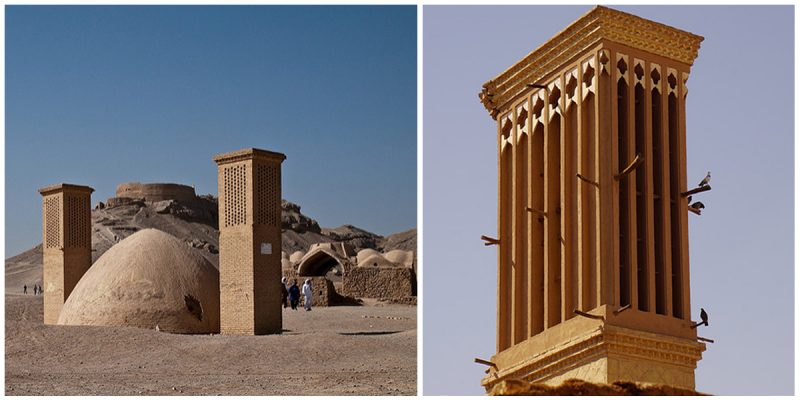A windcatcher is an architectural device used for many centuries to create natural ventilation in buildings. The windcatchers have given the people of the Middle East a form of “air conditioning” for thousands of years. Examples of windcatchers can be found in traditional Persian-influenced architecture throughout the Middle East, Pakistan and Afghanistan. It is not known who first invented the windcatcher, although some claim it originated in Iran.
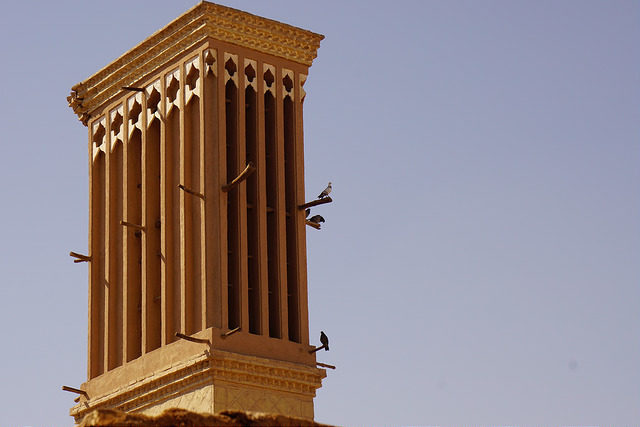
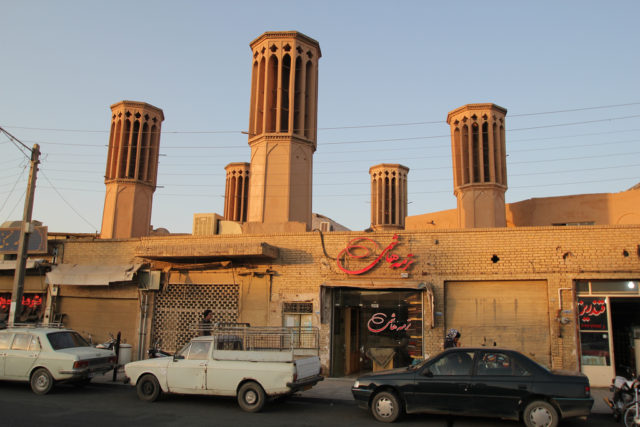
Since the early 19th century, residents of Yazd, the desert metropolis that is the oldest inhabited city in Iran, have been using the wind as an alternative energy source to cool their homes on warm summer days.
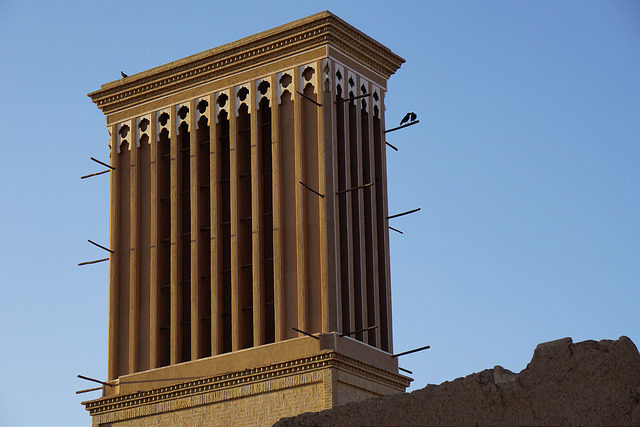
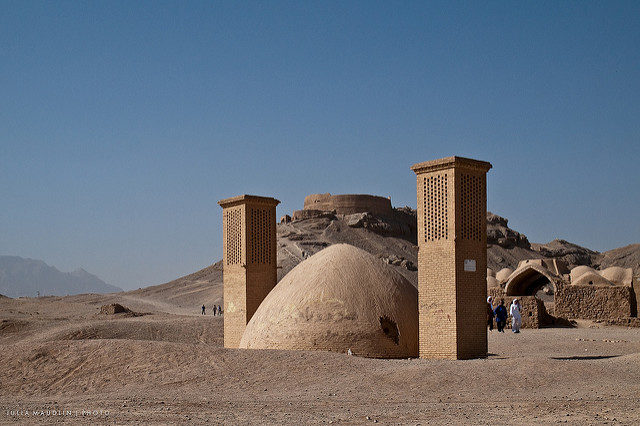
Centuries of improvements and adaptations to survive extreme climatic conditions led the builders of the city to create shapes and structures that look simply amazing.
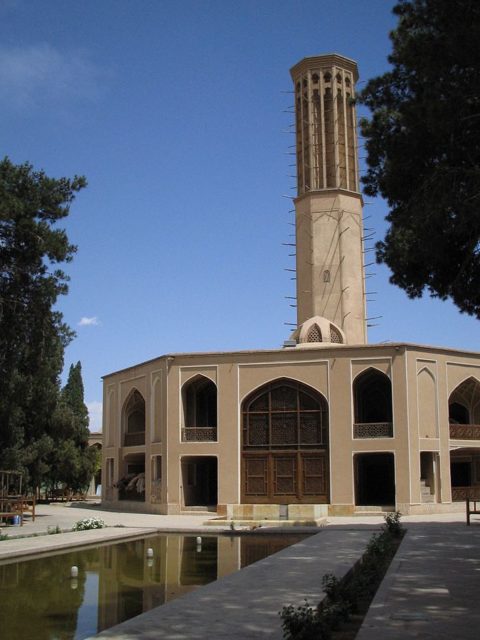
Windcatchers come in various designs, such as the uni-directional, bi-directional, and multi-directional. The original windcatchers in Iran are normally multi-directional with two to eight openings at the top to catch the breeze from any direction.
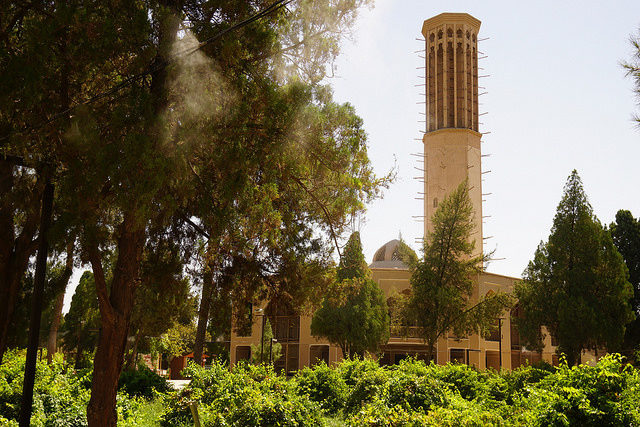
Most wind catchers belong to old residential houses. On the other hand, the majority of urban reservoirs and mosques also have wind catchers. By facing windcatchers away from the wind, dust and sand blowing in from the desert can also be kept away from buildings.
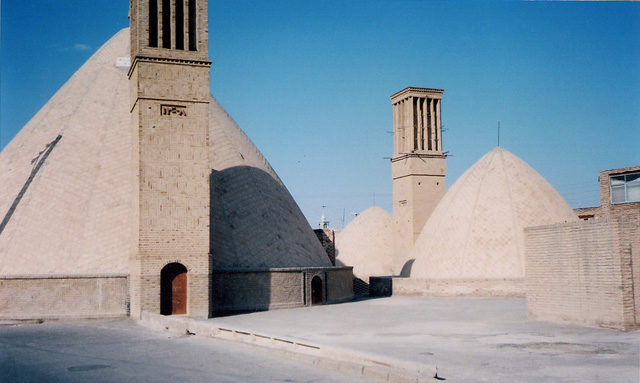
Central Iran has a very large day-night temperature difference, ranging from cool to extremely hot, and the air tends to be very dry all day long. Many traditional water reservoirs are built with windcatchers that are capable of storing water at near freezing temperatures during summer months. Windcatchers can also act in reverse. By closing all ports but the one facing away from the incoming wind, air is drawn upwards using the Coanda effect, similar to how opening the one facing the wind would push air down the shaft.
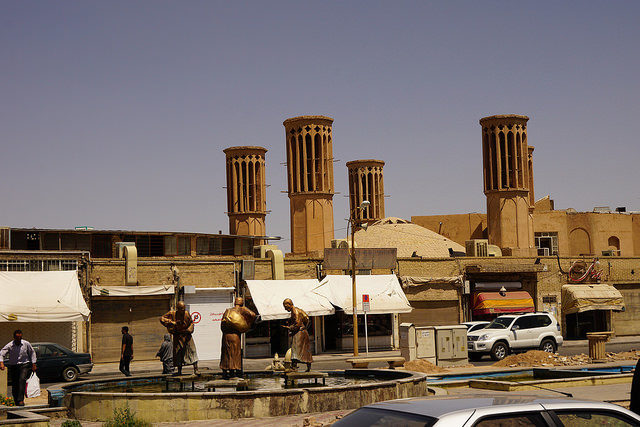
This architectural feature remains popular among eastern cultures, but there is also an increasing awareness of the application of natural ventilation and passive cooling in western countries. The windcatcher approach has recently been utilized in Western architecture, such as in the visitor center at Zion National Park, Utah. A windcatcher has been developed in the modern wooden building where it functions without plugs or the use of mechanical devices in order to regulate temperature.
